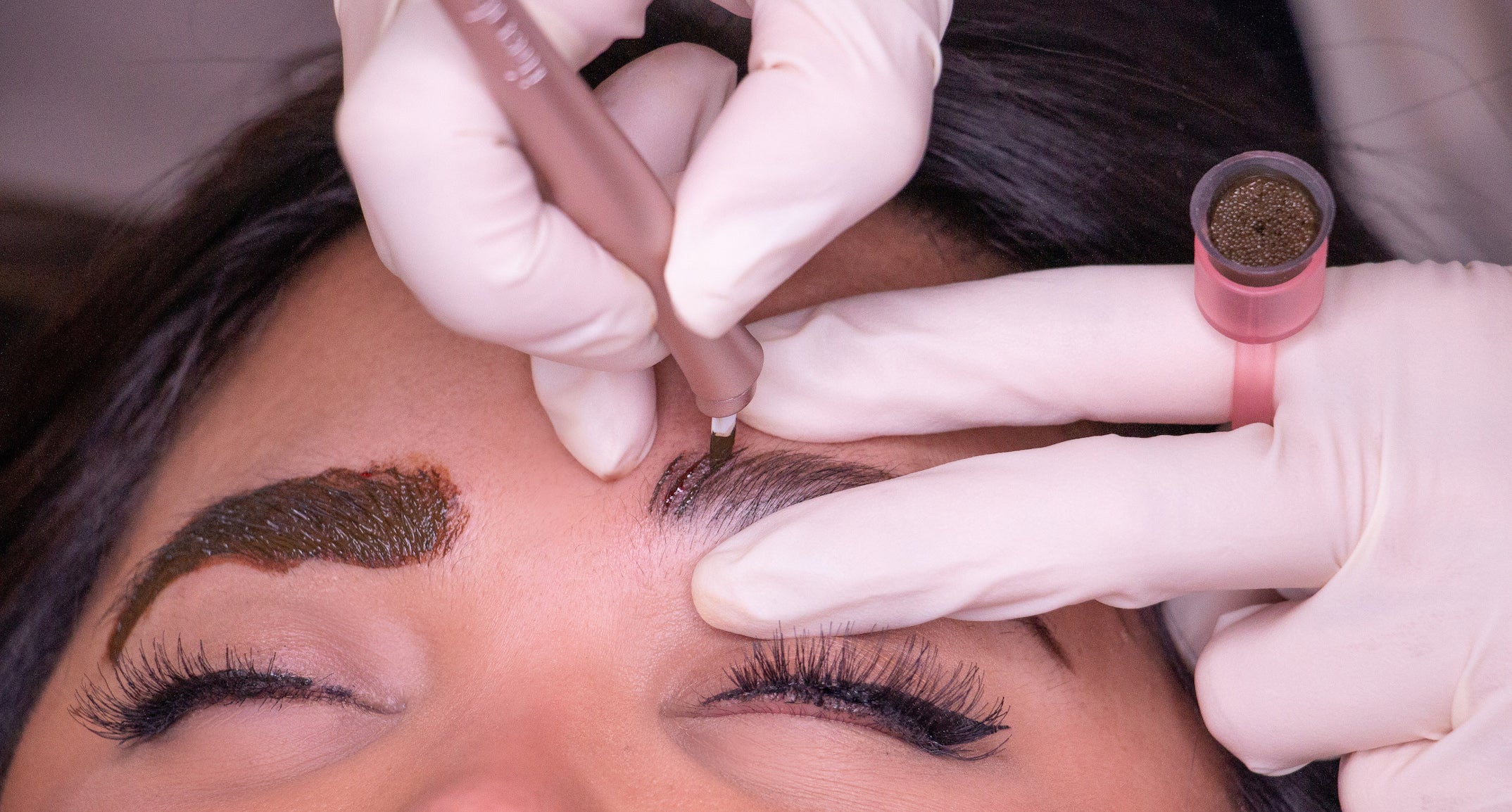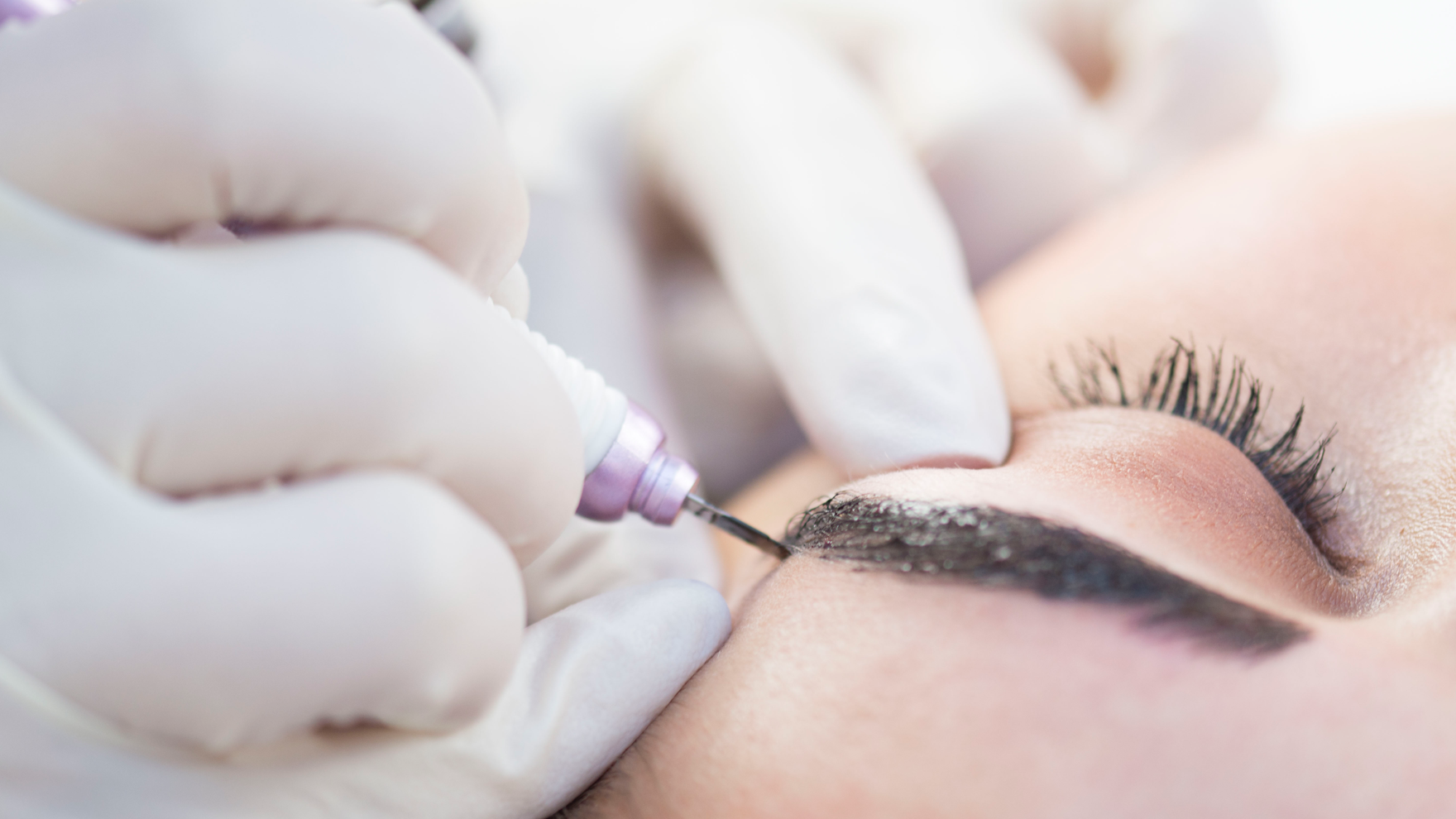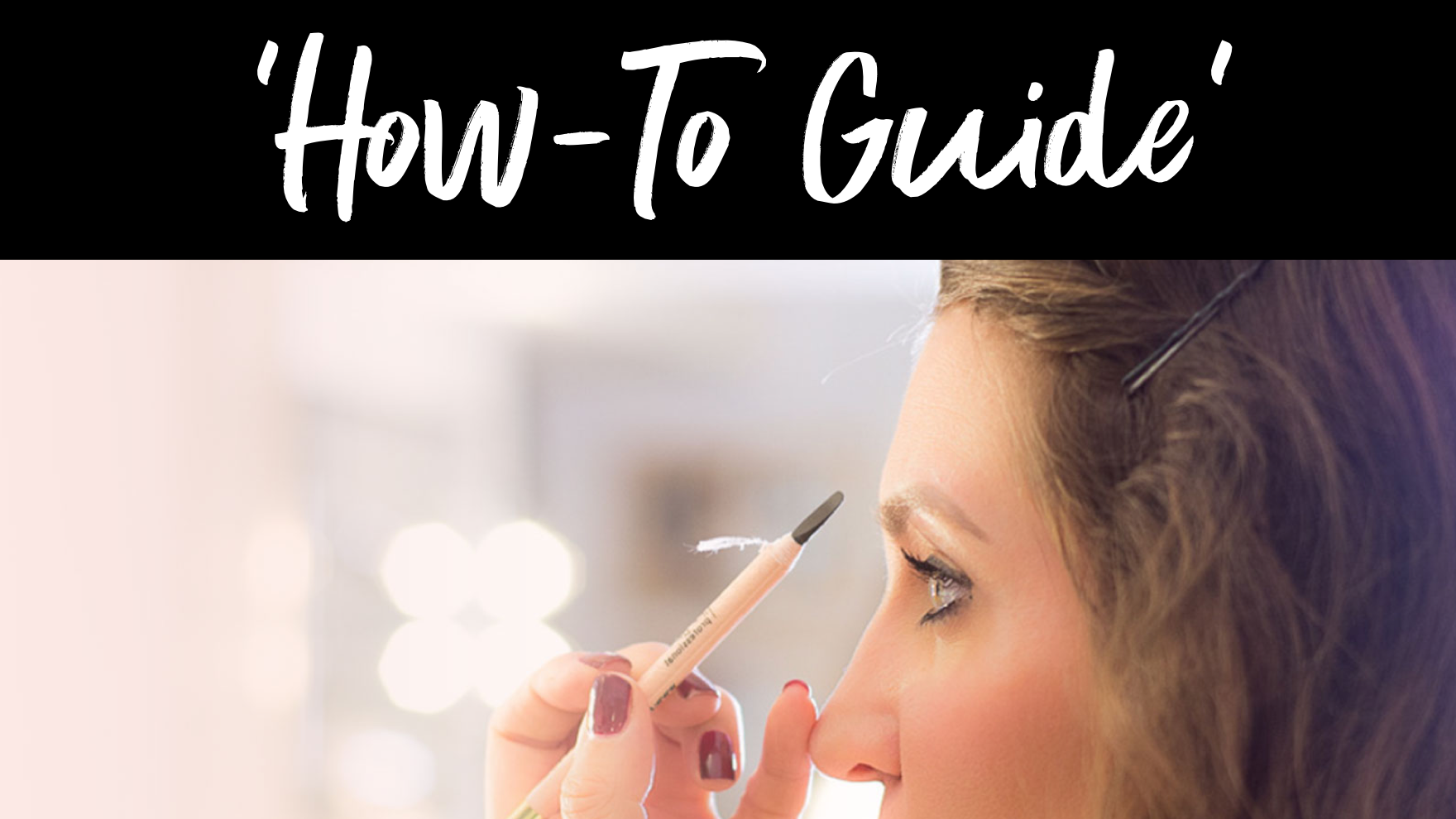
How deep should I stroke?
One question I get a lot from new and experienced artists and see on so many microblading forums and groups ALL the time is: "How deep should I stroke when microblading?"
This is a very difficult question to answer because the answer is: "It depends" and it boils down to how thin/thick is your client's epidermis?
In my experience, in working with thousands of clients, the skin comes in 4 different thickness varieties or profiles as I like to call them. In order to create beautiful clean strokes that don't blur over time, it is critical to understand the thickness and tolerance level of the skin.
It took me years to figure out and quickly identify the different skin types and then to match just the right stroke depth.
I like to classify my client's skin according to these foods:

EGG: THINNEST, HYPERSENSITIVE
-
Super-thin
-
Hypersensitive
-
Pinkish skin tone
-
Translucent with barely any upper skin layer
-
Invisible pores on eyebrows
-
Could have or be susceptible to Rosacea or dermatitis
-
Fitzpatrick Scale 1
-
Bleeds immediately on needle contact
GRAPE: THIN, BUT NOT SENSITIVE
-
Thin, but not as thin as egg
-
Tiny pores
-
Non-translucent
-
Ivory/fair skin tone
-
Fitzpatrick Scale 1 - 2
-
Can bleed easily
APPLE: AVERAGE
-
Small pores
-
Non-translucent
-
Fitzpatrick Scale 2 - 6
-
Doesn't bleed easily
-
Can be sensitive
ORANGE: THICK
-
Large pores
-
Oily skin
-
Fitzpatrick Scale 2 - 6
-
Either be non-sensitive or sensitive
-
Can bleed easily or not at all

Image from Blade & Shade online course
The most difficult skin to work on is the EGG and the ORANGE.
The egg skin is difficult because the client is likely to bleed very easily which can dilute the pigment that you are placing into the skin and therefore, the strokes will not retain as well.
The orange skin, oily due to the large pores makes it difficult to retain pigment as well.
These skin profiles will have A LOT to do with how deep you will be making the strokes on your client once you have fully assessed their skin.
Note: Don't let the Fitzpatrick skin type fool you. You can have Latin or Asian skin that is sensitive as well. The Fitzpatrick skin type is just one piece of the puzzle when assessing your client's skin overall. Especially when it comes to mature skin, as this is more likely to be thinner.
 Image from Tones of Perma Blend online course
Image from Tones of Perma Blend online course
The client's assessment should be looked at as a whole picture and each individual piece does not necessarily deem them a good or bad candidate for microblading, it is all of the factors working together that will help you determine your client's skin type, profile, and tolerance.
The most important part is to understand knowing how deep you should make your strokes, is how thick your client's skin is, and this has a lot to do with qualifying the other aspects of a client's overall health -which can have a lot to do with the way the client's body reacts to a microblading procedure. For a more detailed understanding of how to qualify your clients properly, check out our blog post: Am I A Good Candidate for Microblading?
Once you know your client's skin 'food' profile, you will know its tolerance and will automatically adjust your pressure to the proper depth or what I call the "sweet spot". A tell-tale sign that you’ve hit the “sweet spot”, is when you see a fine split in the skin and/or very slight pinpoint bleeding. If your technique is proper, you should get to the correct depth in 2 consecutive passes.


Depth is critical because if you go too shallow you will only land in the epidermis, and the color won’t stay. If you go too deep, you can cause scarring and the color will heal too ashy. So how do you figure out the perfect depth?
The truth is, it’s very tricky as every client has a different skin type and often the skin will be much thinner at the tail of the brows than the bulb of the brow. In order for the color to stay, you’ll need to microblade to the upper dermis, but no further.

Skin structure breakdown from Ombré Brows online course
Another good way to think about correct depth is to contrast slicing a piece of tissue paper, slicing a paper towel or slicing cardboard. When you become familiar with working with different skin types, you start to understand if you need to treat your canvas like tissue paper, a paper towel or a piece of cardboard. Knowing the skin and microblading to the tolerance level of that part of the skin will help you to blade to the proper level without overworking the skin.
Less trauma = better results.
Practice, practice, practice. It is important to practice on a variety of deferment mediums, such as, latex, paper, fruits (bananas, oranges, grapes, etc) or even a balloon! By practicing on different mediums, you will get a feel for how much pressure you need to apply depending on the thickness of the practice medium.
 Elaine Campin’s powder brow practice on a balloon, from The Perfect Brow online course
Elaine Campin’s powder brow practice on a balloon, from The Perfect Brow online course
Pro Tip: The thinnest part of the eyebrows is at the tail (recall blue veins being seen through the skin) so this is where you need to LIGHTEN your pressure and APPROACH WITH CAUTION as not to implant too deep, otherwise, it may heal too dark/concentrated/ashy. This is even more evident and important in mature/F1-F2 skin types as this skin is EXTRA thin so be prepared for very little color loss when working on thin skin and areas.
Pay attention and start noting in your files which food profile your client most closely resembles and you will be able to predict their healing and retention patterns. This will help you be a better artist and you will be able to recognize which skin type to work on and which ones to turn away.
As a new artist, it can be challenging, but it is important to practice on models and get as much experience on the skin as possible, this way you can make note of how you interacted with the skin and continuously learn more, and have better results with each client!
Looking to pair education with high-quality products? Check out our Bundle & Learn Best of Tina Davies
Learn on The Collective
The permanent makeup industry is rapidly evolving and it’s critical to stay on top of new trends, techniques and tools to stay ahead. At The Collective, we believe that learning never stops. That’s why we collaborate with the world’s best and most innovative instructors to bring you the latest to help you refine your craft. Lips, eyeliner, brows, areola, marketing and more, continue growing your skills and business to the next level.




3 comments
Really love the food references this gives a true palatable explanation for new and experienced technicians. Thank you
Katie Evers
Great info, as always x thank you !
Sandie
Very informative.
Nicola
Leave a comment
This site is protected by hCaptcha and the hCaptcha Privacy Policy and Terms of Service apply.